What is Pennhurst?
The Pennhurst State School and Hospital in Spring City was an institution for people with intellectual and developmental disabilities operated by the state of Pennsylvania from 1908 - 1987. When it opened, Pennhurst was considered a model facility. When it closed, it was because Pennhurst violated the human rights of the people living there. Over nearly eight decades, more than 10,000 people lived at Pennhurst. Their lives contain its history. Who are they? What were their lives like? What do their stories have to say to us today?
What is File/Life?
File/Life is a community-led creative exploration of the Pennhurst archives by seven archivists, all people with disabilities and/or family members, including two former Pennhurst residents. These community archivists share stories that made them listen, feel, imagine, and remember. In doing so, they ask the question: Can a file ever contain a life?
The material held in the Pennhurst archives includes administrative reports, court testimony, diagnostic forms, medical logs, field notes, and institutional correspondence. Some files include more personal documents, like letters from family members. The files provide clues that we can use to try and understand the past, but they alone do not tell a complete story. Often, archival research is done by scholars, but archives belong to all of us. What new stories might we find in the archives if we have personal connections to the history in the files? In collaboration with artists, including a filmmaker, an oral historian, an archivist and a community arts producer, the File/Life community archivists spent two years learning, creating, and sharing stories from the Pennhurst files.
File/Life is a creative exploration. The Pennhurst archives offer glimpses of who its residents might have been, but to really see the people who lived there—who and what they loved, what they thought and felt, what they wanted out of life—we have to imagine. We honor their humanity by imagining their lives beyond the files, making connections with our own lives, and noticing the throughlines from this history to the present.
File/Life invites visitors to read and interact with archival material, listen to audio and watch video. Content is ASL interpreted, audio described, captioned, and available in Braille and though QR codes. Some video content is accessed through headphones. Headphones are regularly sanitized and disposable headphone covers are available.
We encourage those who wish to learn more about Pennhurst's history to visit the Pennsylvania State Archives in person or online. Recommended reading and additional resources are below.
Behind the Scenes
 View slideshow as list
View slideshow as list


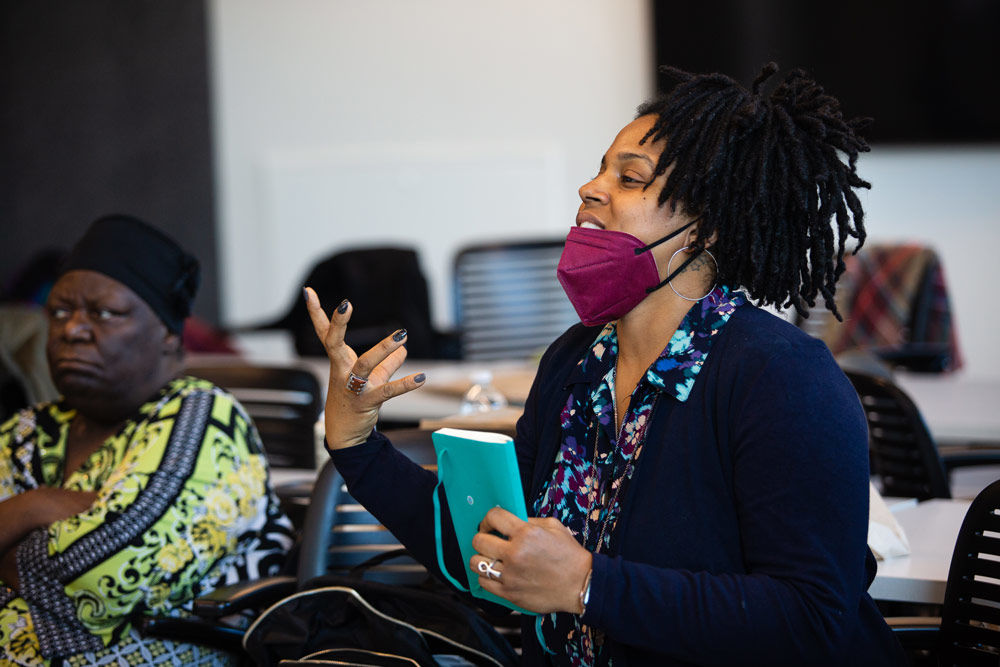
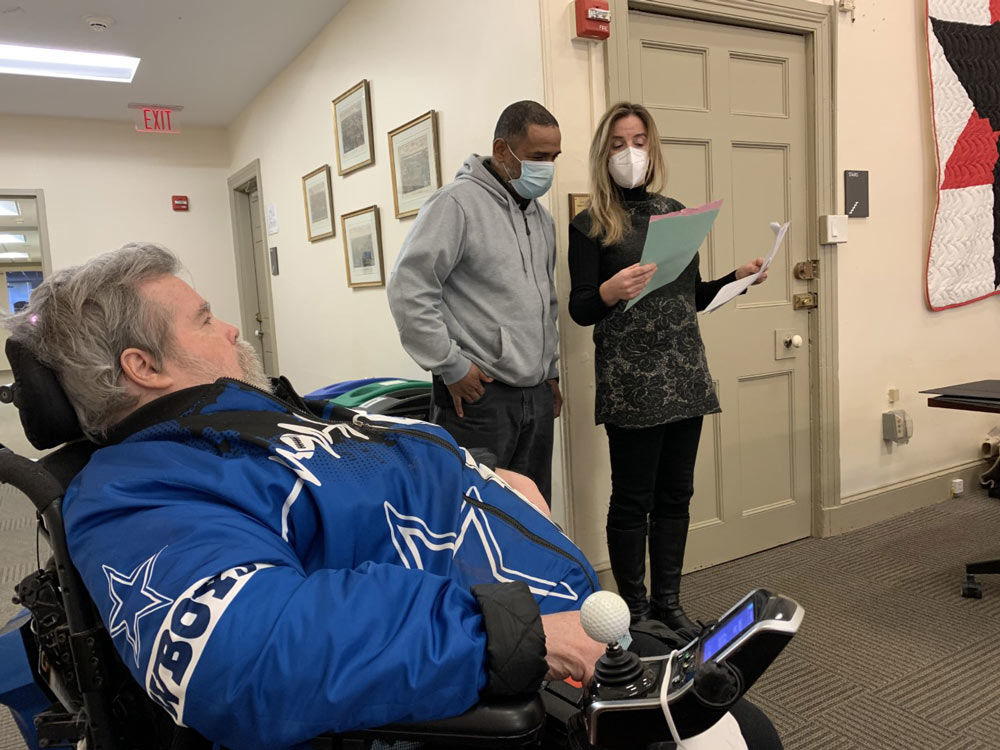
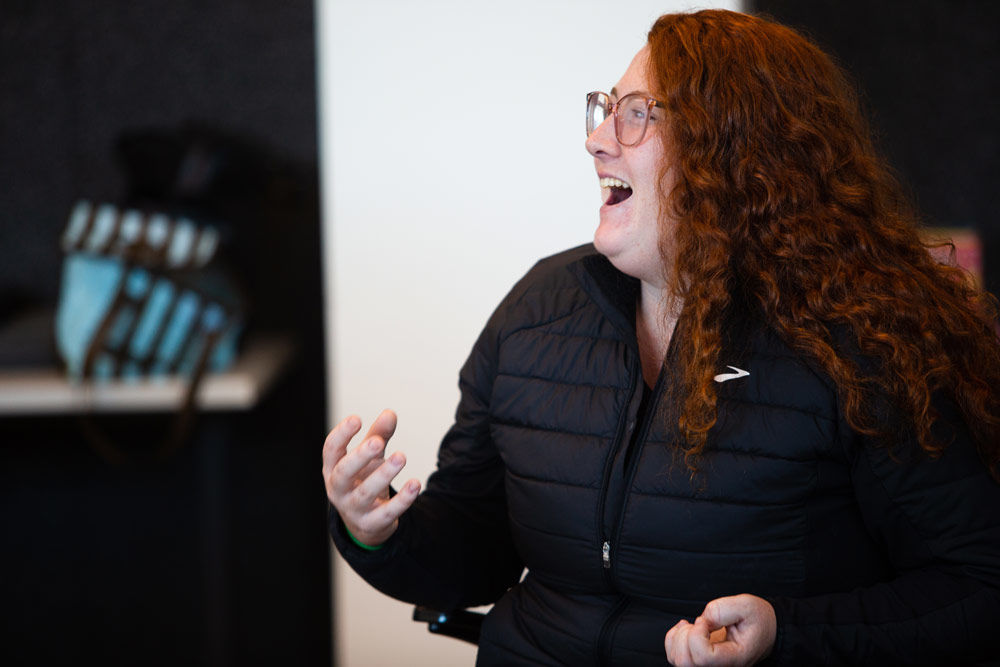
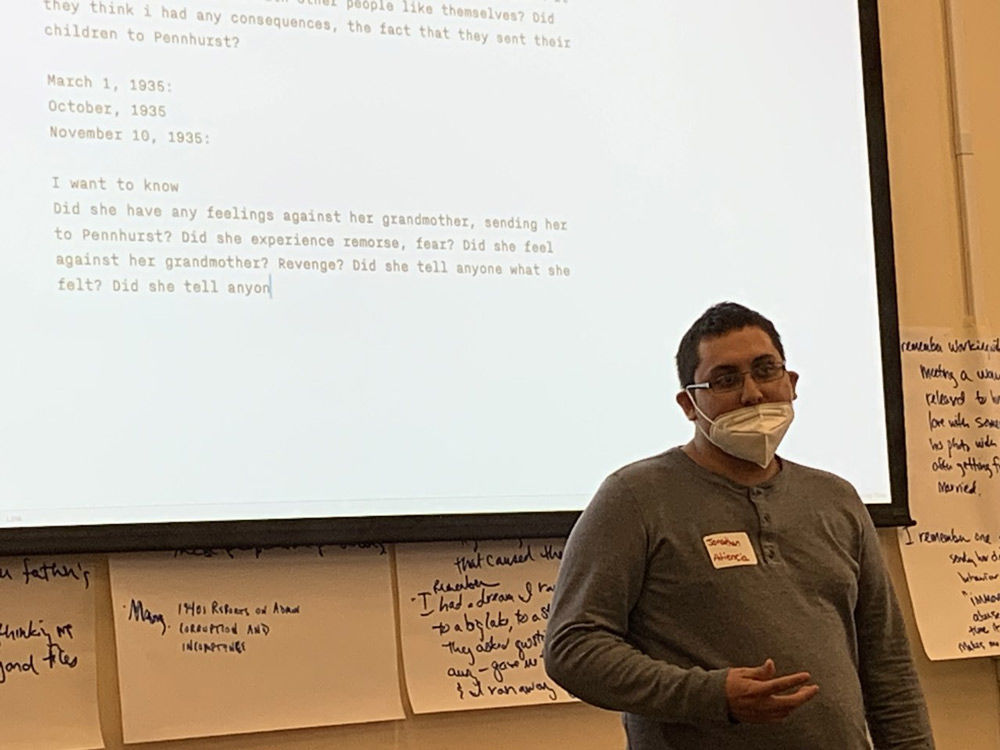
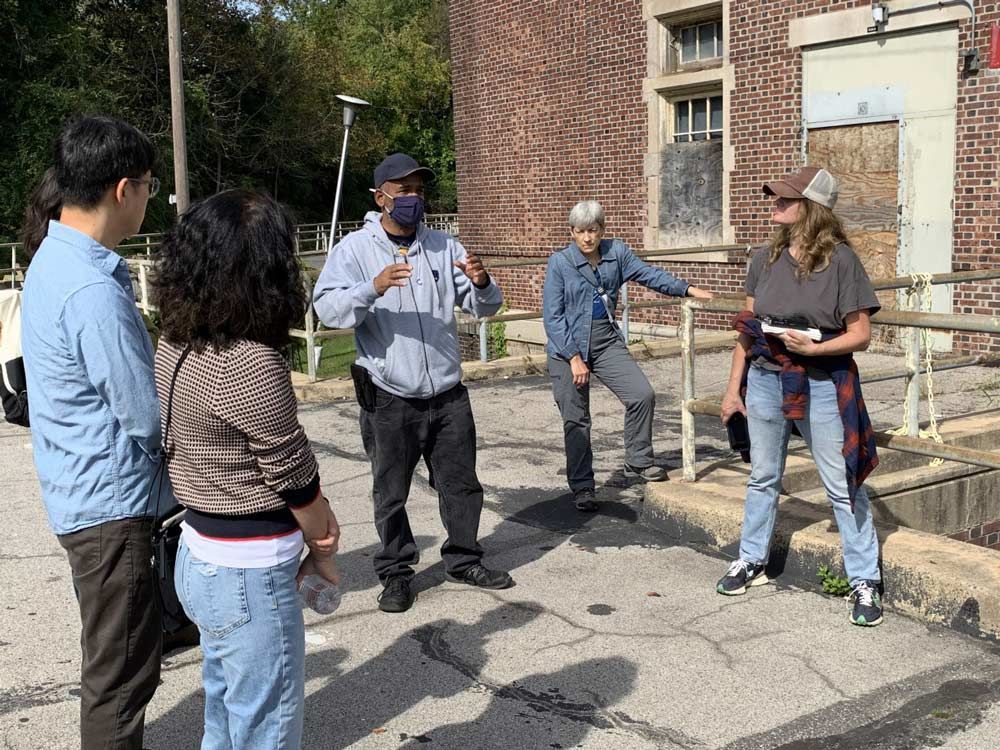
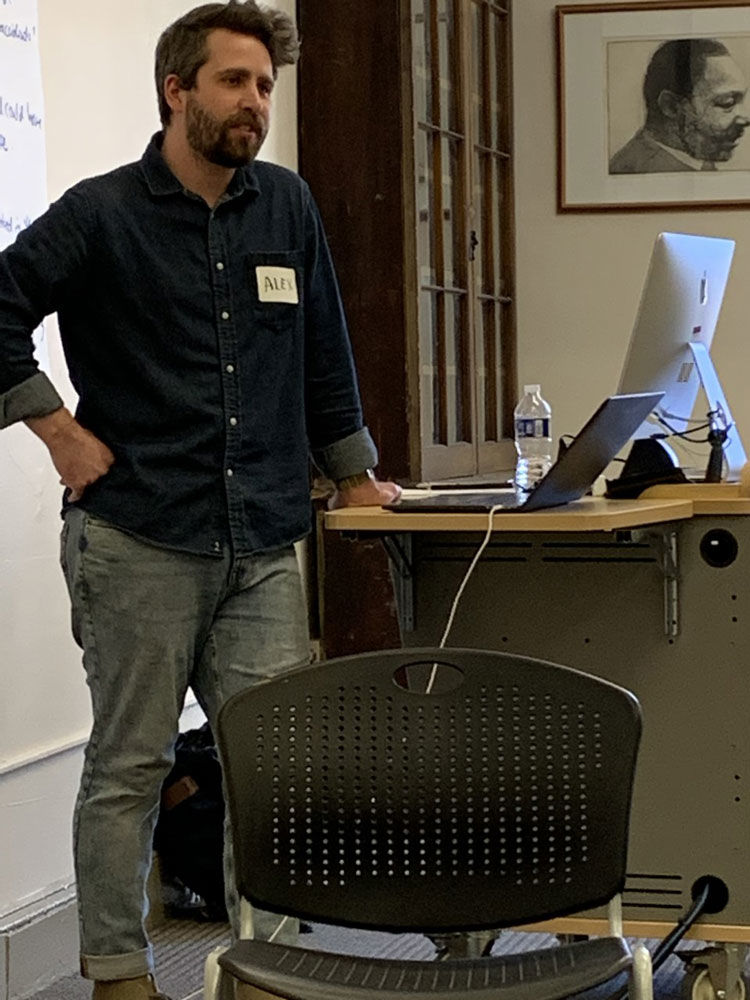
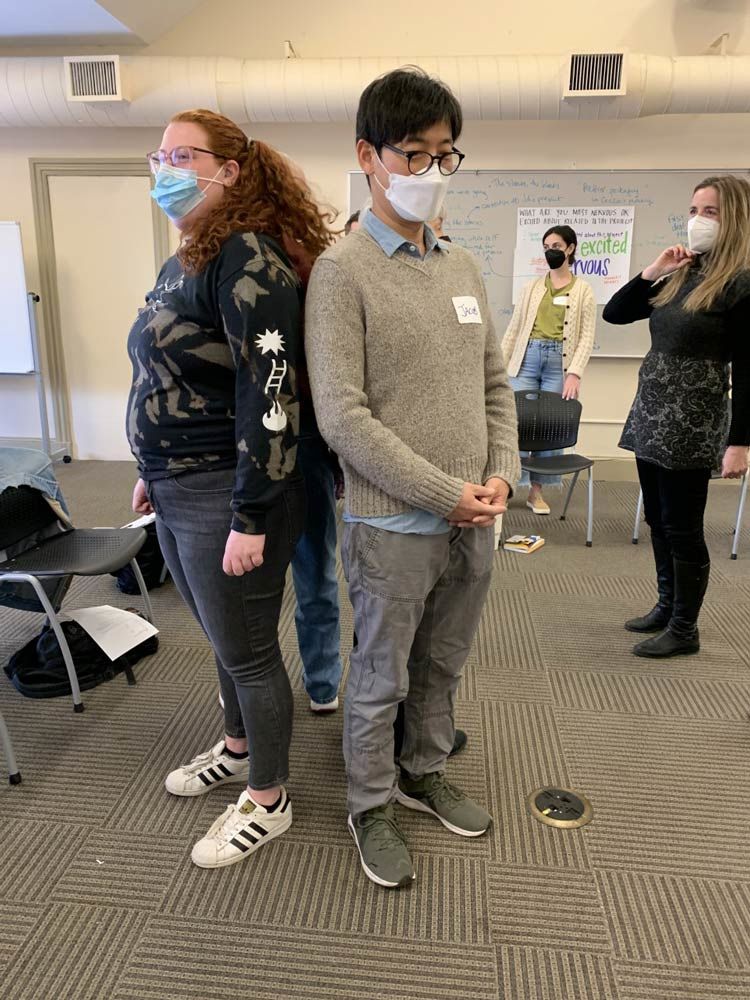









 File/Life has been supported by The Pew Center for Arts & Heritage.
File/Life has been supported by The Pew Center for Arts & Heritage.

